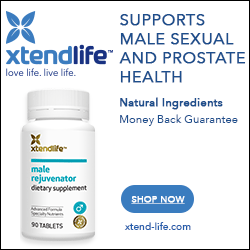What Do They Mean By “Wholesome”?
Just like “natural“, “wholesome” is a marketing buzz word. It conveys the impression of “healthy”, but in a noncommittal sort of way. So it’s always worth reading the fine print, to make sure an allegedly “wholesome” food product really merits the description.
Like Kraft’s new, “wholesome” Lunchables, for example.
But I invite you to scan the rest of the ingredients in the new Turkey + Cheddar Sub Sandwich Lunchables. Does it look “wholesome” to you? Kraft has managed to turn a simple turkey and cheese sandwich, something every caretaker able to buy a Lunchable ($3.49) can easily afford and quickly slap together to stick in a lunchbox, into a chemistry set. Just reading the list of ingredients — I stopped counting at 119 — is exhausting; perhaps they figure we’ll just give up.
…But as for that lovely “spring water,” Kraft takes its time mentioning the artificially sweetened drink mix that comes with it. The touted 2 percent cheddar cheese turns out to be “2% milk reduced fat cheddar pasteurized prepared cheese product.” And about that “bread made with whole grain.” Would that be the white wheat bran that appears far down the list of the bread’s ingredients, long after the “enriched bleached wheat flour”?
The WaPo writer isn’t kidding about the ingredients. Here’s the list. In addition to the deficiencies she mentions, I couldn’t help but notice that there’s only 11g of protein, vs. 32g of sugar (more than 1/3 of the total cals). Ugh. 🙁
In this case, “wholesome” appears to mean “better than the original ‘Lunchables'” – but that’s not saying much. And considering what they charge for the damn things, you’ll be better off making your own school lunches for your kids. They’ll be better off for it, too.




September 13, 2009
It just seems like in today’s world people are looking at conveinience more than health. They look at the big print on a package that says “whole grain” or “wholesome” or “healthy” and stop right there.
If they took a little time to actually find and read the ingredient list, they would see how not healthy it is. The problem is that would take time.
Also the children they are buying them for just see how great all that stuff will taste. They could care less about the nutrition of it.
It’s really hard to teach our children to eat healthy when we don’t take time to set a good example and make healthy choices for ourselves and them.
September 13, 2009
add the word superfood to the buzzword list.
it totally bothers me that a lunchable has 32g of sugar. this meal was not put together to make for a healthy alternative, it was put together for profit only.